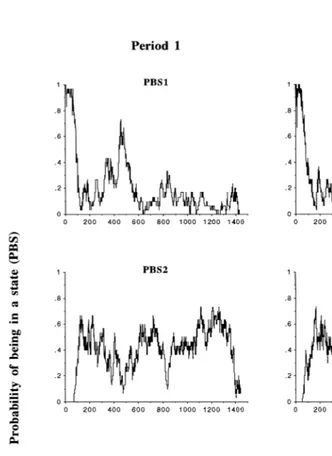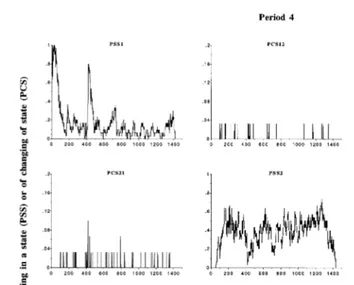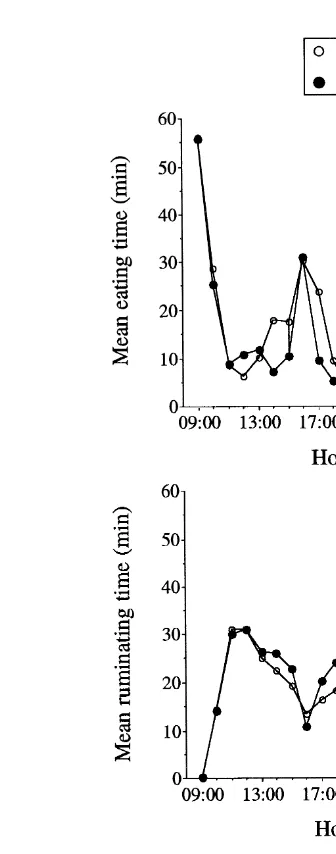Directory UMM :Data Elmu:jurnal:A:Applied Animal Behaviour Science:Vol68.Issue1.2000:
Teks penuh
Gambar




Dokumen terkait
adjacent stable FS ; and front, back and both sides open All4. Weaving was most common prior to feeding in the morning and prior to putting out to pasture in the afternoon. There was
crate remained stationary. The other half were trained to enter and walk through the.. V-restrainer while the belt was stationary and a temporary floor was in place. The
Ž. On Days y7 to y1, sows showed no significant preference among the three temperatures when selecting a resting area. In summary, sows showed a pronounced increase in preference for
Wide separation of newly weaned deer calves from their mothers reduced the duration of running and calling by calves following weaning, compared with keeping them in nearby
West African dwarf nanny goats and their single-born kids were tested to find out their behavioural response to separation and their mutual recognition during the first 48
) Corresponding author. School of Agriculture and Horticulture, De Montfort University, Caythorpe Court, Caythorpe, Lincolnshire, NG32 3EP, UK.. resource as a measure of consumption
In conclusion, the present results indicate that the continuous exposure of the ram immediately after sponge removal hastens estrus onset and reduces the variation in
The capybara is a species that is bred for its meat in Brazil due to its elevated reproductive potential and because, being a herbivore, it does not compete directly with

